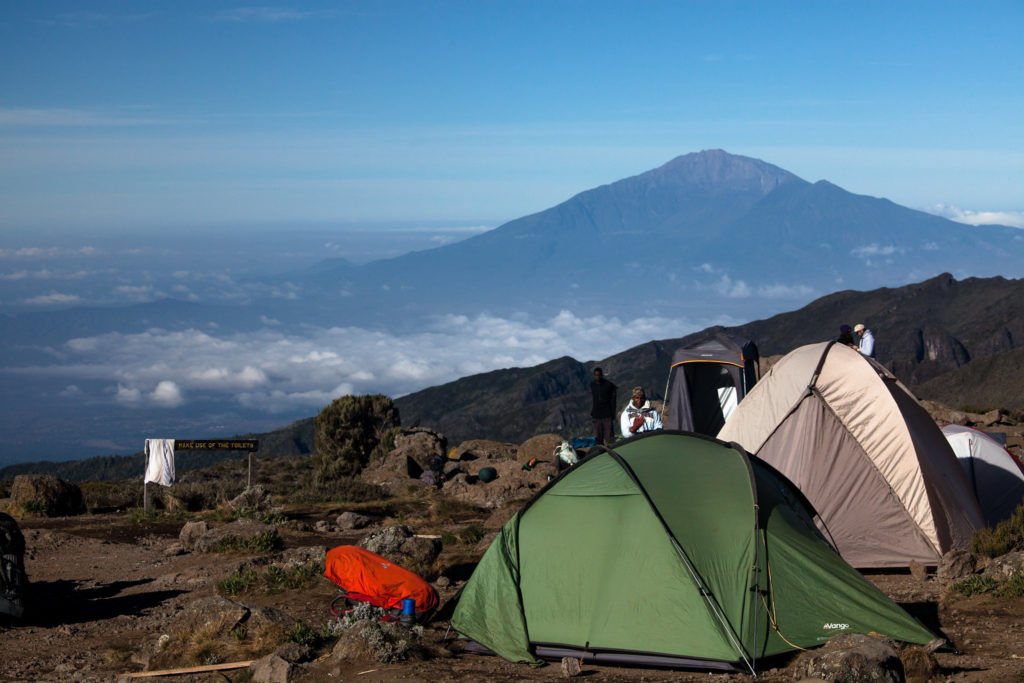Every year, one of the most captivating natural spectacles unfolds across the plains of East Africa. The Great Wildebeest Migration, a spectacle which involves more than two million animals, is a cyclical journey filled with drama, danger, and survival. This magnificent spectacle has even been declared a wonder of the world. In this article, we are going to delve into the grandeur of this migration, marvel at some key highlights, and reveal some amazing facts about this incredible journey.
Unveiling the Grandeur: The Great Wildebeest Migration
The Great Wildebeest Migration is an annual event that sees over 1.5 million wildebeest, along with hundreds of thousands of gazelles, zebras, and other plains game, move in a circular route through Tanzania and Kenya. This pilgrimage is all about survival of the fittest, as these animals embark on this journey in search of greener pastures. It is no less than a marathon, covering a staggering 1,800 miles approximately.
This migration is not a simple back-and-forth journey. The wildebeest are driven by an inherent instinct that guides them along an ever-changing route, influenced by the availability of grazing land which is determined by the patterns of rainfall. The animals form columns of up to 40 kilometers in length as they trek from Tanzania’s Serengeti plains, northwards to Kenya’s Maasai Mara, and then back south again.
The migration also creates a thriving ecosystem, providing ample food sources for the large carnivores of Africa. The journey is fraught with danger, as the wildebeest often fall prey to lions, cheetahs, crocodiles, and hyenas. This is nature’s way of maintaining balance, ensuring that the grazing lands are not overutilized, while also supporting the carnivorous species in their survival.
Breathtaking Spectacles: Key Highlights of the Wildebeest Journey
The Great Wildebeest Migration is packed with dramatic moments that captivate onlookers. One of the most significant events is the calving season, which takes place between January and March in the southern Serengeti. Approximately half a million calves are born during this period, often within a two to three-week timespan.
Another standout spectacle is the river crossing that typically occurs between July and September. The wildebeest must brave the crocodile-infested waters of the Grumeti and Mara rivers. These crossings are perilous, fraught with danger, and are some of the most dramatic moments of the migration, often used in documentaries to highlight the harsh realities of nature.
The predators of the Serengeti also thrive during the migration period. The large concentration of prey offers ample hunting opportunities for lions, cheetahs, leopards, and hyenas. Watching these predators in action is another key highlight, offering thrilling scenes of nature’s drama.
The Great Wildebeest Migration is truly a spectacle to behold. This phenomenal event, a testament to the wonders of nature, is a feast for the eyes and a humbling experience for the heart. Whether watching the birth of half a million calves, witnessing the perilous river crossings, observing the ever-present predator-prey interaction, or simply marveling at the grand scale of the migration itself, there is no denying that the Great Wildebeest Migration is one of nature’s most awe-inspiring displays. It is a must-see phenomenon for nature enthusiasts and a vivid reminder of the raw beauty and power of the natural world.

